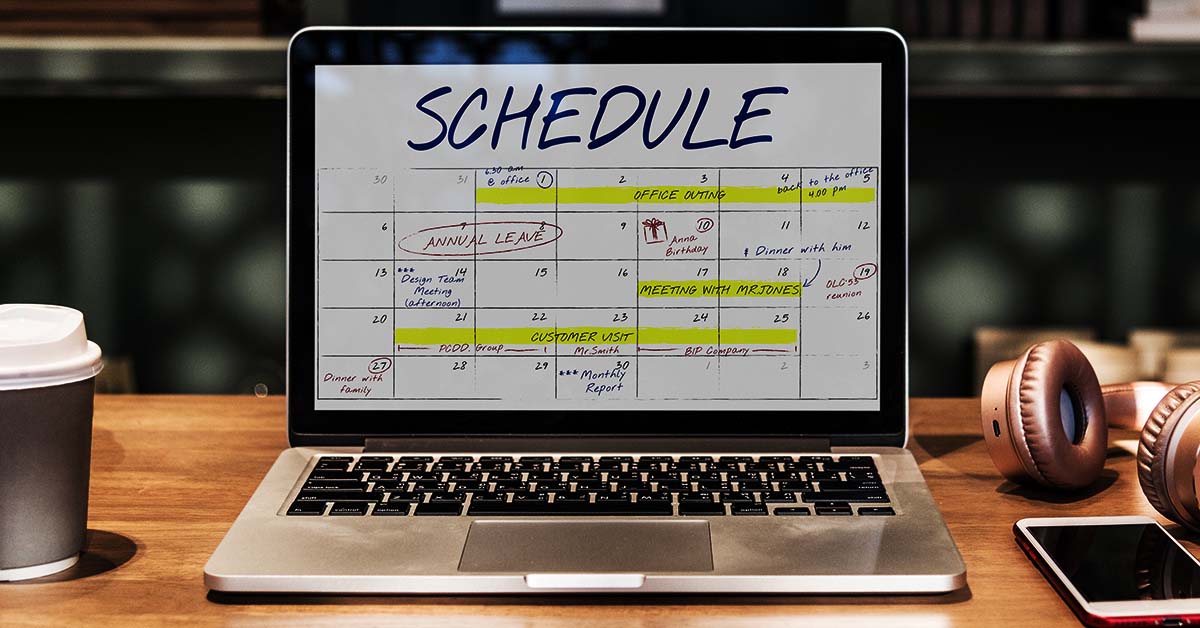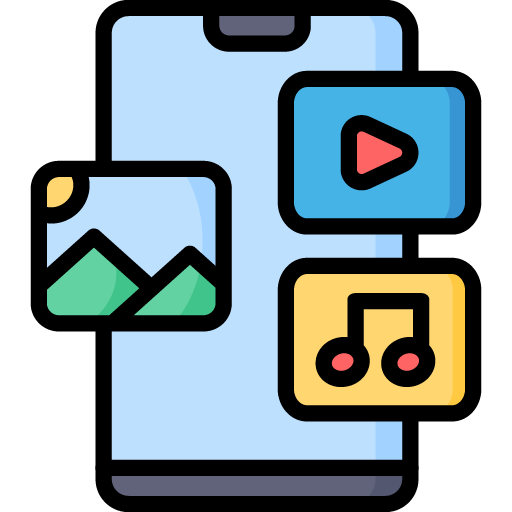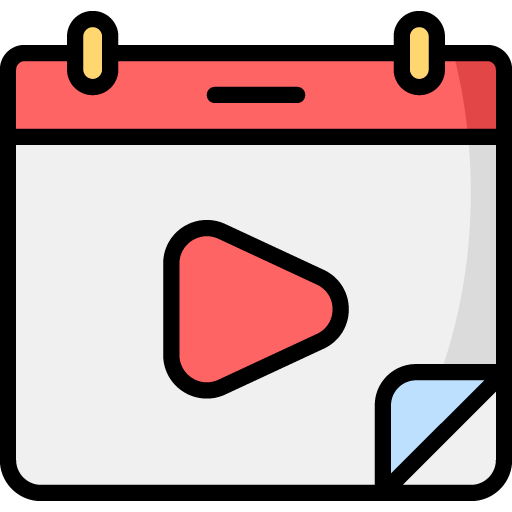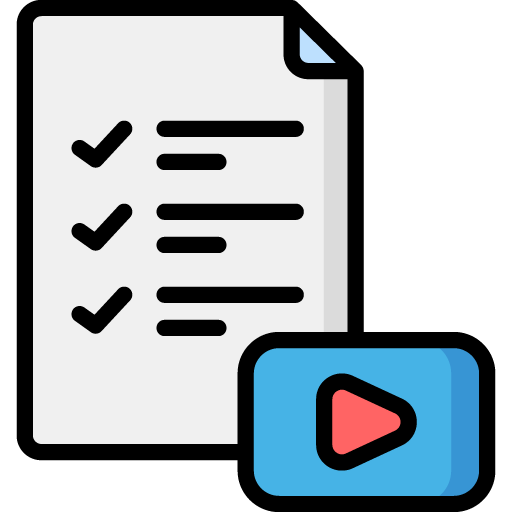Video content is a game-changer in digital marketing. It allows brands to connect with audiences in exciting, interactive ways. But creating great videos is just the start. Knowing when and how to schedule and publish can make all the difference. Here’s how to optimize your video strategy for maximum views, engagement, and growth.
Scheduling and Publishing Videos
Scheduling and Publishing Videos: Best Practices to Maximize Views and Engagement
Understanding Your Audience
Before posting your next video, take a moment to understand who you’re creating content for. A deep knowledge of your audience helps you target the right viewers and boost engagement.
- Identify your target audience: Who are they? What are their interests, challenges, and goals?
- Use analytics tools: Google Analytics, YouTube Analytics, and social media insights help track demographics, watch time, and engagement.
- Understand what content works:
- Are your how-to videos getting more views than product demos?
- Does your audience prefer short clips or long-form content?
The Science of Timing
Even the best video can fall flat if posted at the wrong time. The secret is posting when your audience is most active.
- Best posting times for different platforms:
- YouTube: Thursdays and Fridays in the afternoon
- Instagram: Evenings on weekdays
- LinkedIn: During working hours (B2B content performs best)
- TikTok: Late evenings (especially for younger audiences)
- Don’t forget time zones: If your audience is global, adjust the posting schedule accordingly for maximum reach.
- Why timing matters: Posting at peak times increases visibility, improving customer acquisition and engagement.
Content Planning & Calendar Creation
A well-organized content calendar is the key to consistency and success. It allows you to plan videos ahead of time and coordinate with other marketing efforts.
- Plan ahead with tools: Trello, Asana, and Google Calendar help you stay on top of deadlines.
- Balance evergreen and trend-based content: Mix timeless videos with content that taps into current trends.
- Consistency is key: A regular schedule helps build expectations, ensuring your audience keeps coming back for more.
Crafting Engaging Video Content
A solid schedule is important, but without engaging content, you’ll lose your audience. Here’s how to make sure your videos stand out:
- Focus on storytelling: People love a good story! Share customer testimonials, behind-the-scenes footage, or educational content.
- Optimize video length:
- YouTube favors long-form videos (10+ minutes).
- Instagram & TikTok users prefer shorter, punchy clips.
- Eye-catching thumbnails & compelling titles: These create a strong first impression and increase click-through rates.
SEO Strategies for Video Publishing
Get your videos found with the right SEO strategies.
- Use relevant keywords: Do keyword research and incorporate them in titles, descriptions, and tags.
- Hashtags: Especially important on Instagram and TikTok, they increase discoverability.
- Transcriptions & captions: These not only make your content more accessible but also help boost your SEO.
Scheduling Tools and Platforms
Streamline your video publishing with the right tools.
- Top tools for scheduling:
- Hootsuite, Buffer, and Later: Great for planning and posting across multiple platforms.
- YouTube: Native scheduling within the platform.
- Facebook Creator Studio: Schedules posts for Facebook and Instagram.
- Choose based on your needs: Third-party tools are versatile, while native tools are more platform-specific.
Maximizing Engagement Post-Publishing
Once your video is live, don’t just sit back—interact and keep the momentum going.
- Engage with viewers: Respond to comments, ask questions, and encourage feedback.
- Cross-promote your videos: Share across social media platforms, email newsletters, and blog posts to boost visibility.
- Leverage community features: Use YouTube’s Community tab or Facebook Groups to deepen engagement.
Common Mistakes to Avoid
Avoid these pitfalls to keep your video strategy on track.
- Over or under-scheduling: Find a balance. Too many videos can overwhelm, while too few may lose interest.
- Ignoring audience feedback: Track comments and metrics to see what works and improve future videos.
- Neglecting mobile optimization: Ensure videos are easy to view on mobile devices with clear visuals and readable text.
Case Studies and Success Stories
Let’s take a look at real-life examples of YouTubers who’ve mastered scheduling and publishing to grow their audience and engagement:
- Case Study 1: MKBHD (Marques Brownlee)
Known for his tech reviews, MKBHD is a master at posting videos consistently and at the right times. His audience on YouTube is primarily tech enthusiasts, so his videos are scheduled to launch during peak hours on weekdays, ensuring maximum visibility and engagement.- Success Tip: MKBHD’s regular video schedule keeps his audience engaged and waiting for his next review, leading to impressive subscriber growth.
- Case Study 2: Emma Chamberlain
Emma is known for her relatable and humorous vlogs. She posts both long-form YouTube videos and shorter clips on Instagram, tailoring her content to each platform’s audience.- Success Tip: Emma capitalizes on timely content and viral trends, posting content that her younger audience can quickly share, keeping her videos trending.
- Case Study 3: James Charles
As a beauty guru, James is all about timing. He often releases videos during late evenings when his younger audience is most active on YouTube and Instagram.- Success Tip: James’ smart use of viral trends and time-sensitive content helps him maximize reach and stay relevant in the fast-paced beauty community.
FAQs
What’s the best time to post videos on YouTube?
Typically, Thursday and Friday afternoons. However, always use YouTube Analytics to find your specific audience’s peak times.
How far in advance should I schedule my videos?
Aim to schedule 1-2 weeks in advance to give time for promotion and tweaks.
Are third-party scheduling tools effective?
Yes! Tools like Hootsuite and Buffer streamline scheduling across multiple platforms, though native tools offer platform-specific advantages.
How do I optimize my videos for SEO?
Focus on keywords, tags, hashtags, and captions. Use compelling titles and descriptions to entice viewers.
What are key metrics for video success?
Track views, watch time, click-through rates, engagement (likes, comments, shares), and subscriber growth.
Final Thoughts
By applying these video scheduling and publishing strategies, you can maximize your content’s reach and engagement. Take inspiration from successful YouTubers like MKBHD, Emma Chamberlain, and James Charles, who’ve mastered consistency and timing to grow their audiences. Start experimenting with your own video schedule, engage with your viewers, and use the insights you gain to continuously refine your approach. With the right strategy in place, your videos can drive lasting growth and customer loyalty. Keep creating, keep engaging, and watch your video content thrive!







 Edit Your Footage
Edit Your Footage
Leave a Reply